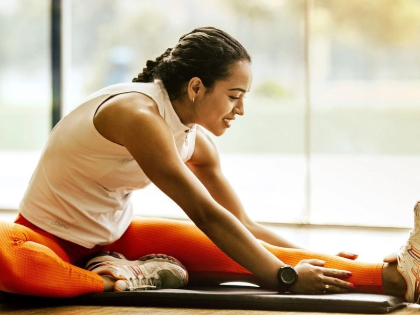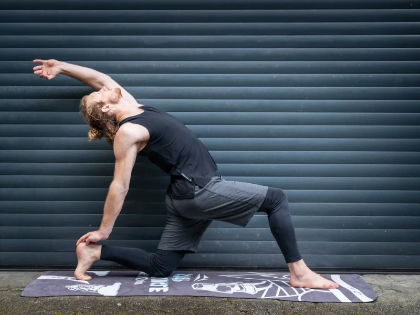ImprovingPilates Form: Techniques For More Effective Exercises
Pilates works core muscles to help with posture and lessen back, neck, shoulder, and hip pain. Ignoring correct form, however, might impede your development by resulting in injuries or delaying the process of muscular growth (6, 7). Pilates improves bodily awareness by means of attention, control, centring, precision, and breath coordination. One can do the activity on a mat or on a Reformer, a piece of equipment.
1. Think about your breathing.
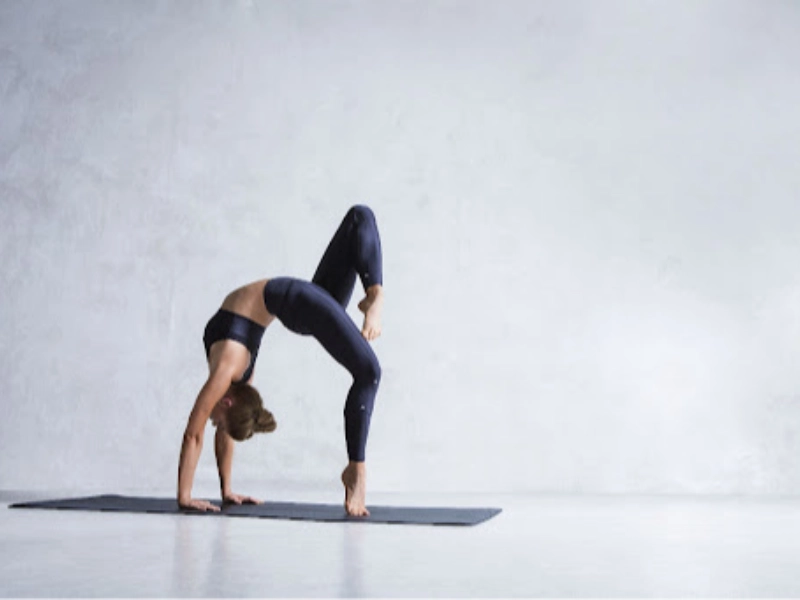
2. Keep Your Head in Line Using Your Body
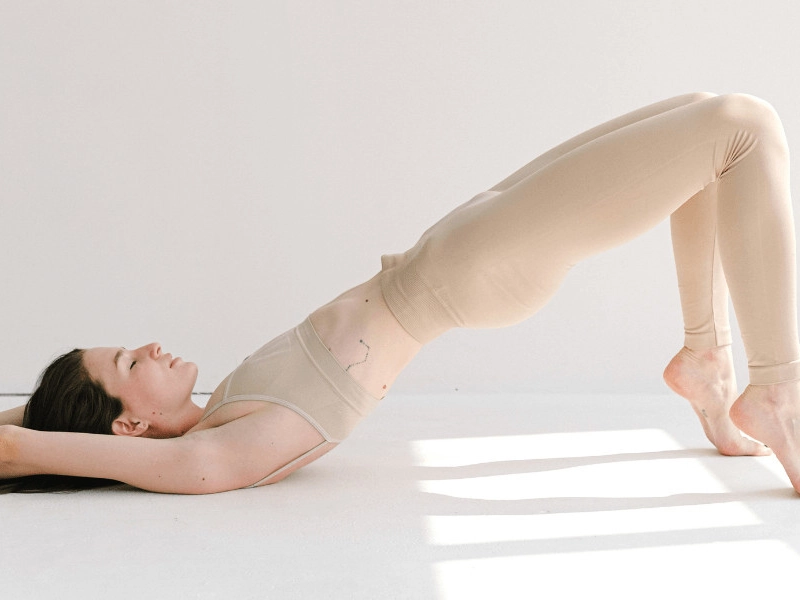 Although Pilates stresses core strength, it also tones the smaller, deeper muscles of the whole body. It helps you to combine breathing with movement and work the muscle groups collectively rather than isolating them. This lets the stronger muscles support and enable the weaker ones.
It also advances a close link between the body and the mind. Your awareness of your body develops as you move and helps you to practise deliberate movement supporting improved balance and coordination.
Though they seem simple, the workouts need great control and accuracy. Finding a trained instructor and practicing with him or her will help you to guarantee that you are performing things as advised. In this sense, you can prevent damage and maximise the results of the exercise. See your doctor before beginning any new exercise program as well; particularly if you have a persistent illness like dysmenorrhea, this is a wise precaution.
Although Pilates stresses core strength, it also tones the smaller, deeper muscles of the whole body. It helps you to combine breathing with movement and work the muscle groups collectively rather than isolating them. This lets the stronger muscles support and enable the weaker ones.
It also advances a close link between the body and the mind. Your awareness of your body develops as you move and helps you to practise deliberate movement supporting improved balance and coordination.
Though they seem simple, the workouts need great control and accuracy. Finding a trained instructor and practicing with him or her will help you to guarantee that you are performing things as advised. In this sense, you can prevent damage and maximise the results of the exercise. See your doctor before beginning any new exercise program as well; particularly if you have a persistent illness like dysmenorrhea, this is a wise precaution.
3. Maintaining your arms in line with your body
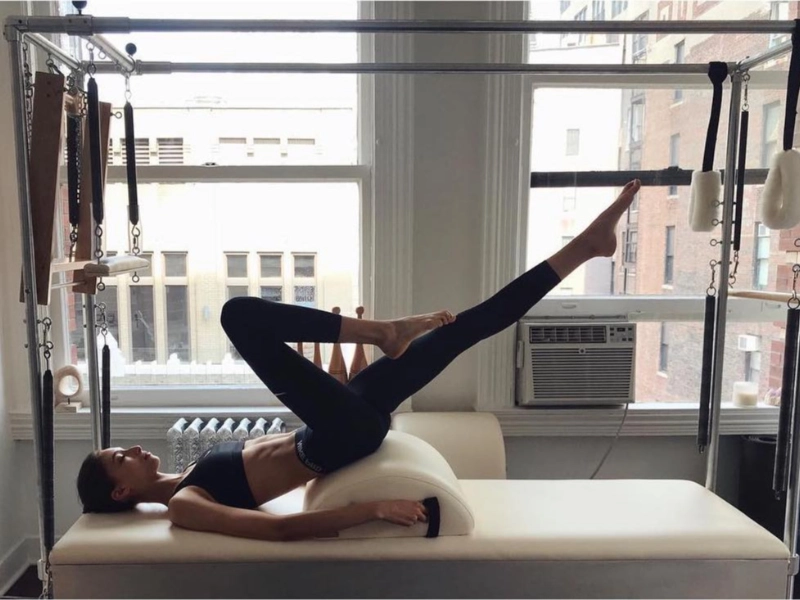 Pilates exercises increase core strength and correct posture, thereby helping to lower back discomfort from other workouts or regular activities. This is so because a strong core helps the body to protect muscles, ligaments and joints and safely execute dynamic motions.
Pilates works on bringing balance to the "powerhouse," therefore helping the body address imbalances in movement that could cause injury and ineffective muscle activation. Ignoring form is a silent destroyer of long-term ambitions as much as a formula for instantaneous damage.
Try the Pilates hundred on the reformer machine for a difficult at-home Pilates program. With elbows bent, palms facing each other, stand with a pair of hand weights on either side of your body and then create eight little circles with the arms while controlling them up above the head and back down again. Twice to three times. Including the weights increases resistance and will strengthen arms and shoulders.
Pilates exercises increase core strength and correct posture, thereby helping to lower back discomfort from other workouts or regular activities. This is so because a strong core helps the body to protect muscles, ligaments and joints and safely execute dynamic motions.
Pilates works on bringing balance to the "powerhouse," therefore helping the body address imbalances in movement that could cause injury and ineffective muscle activation. Ignoring form is a silent destroyer of long-term ambitions as much as a formula for instantaneous damage.
Try the Pilates hundred on the reformer machine for a difficult at-home Pilates program. With elbows bent, palms facing each other, stand with a pair of hand weights on either side of your body and then create eight little circles with the arms while controlling them up above the head and back down again. Twice to three times. Including the weights increases resistance and will strengthen arms and shoulders.
4. Maintaining your body's line, keep your legs straight.
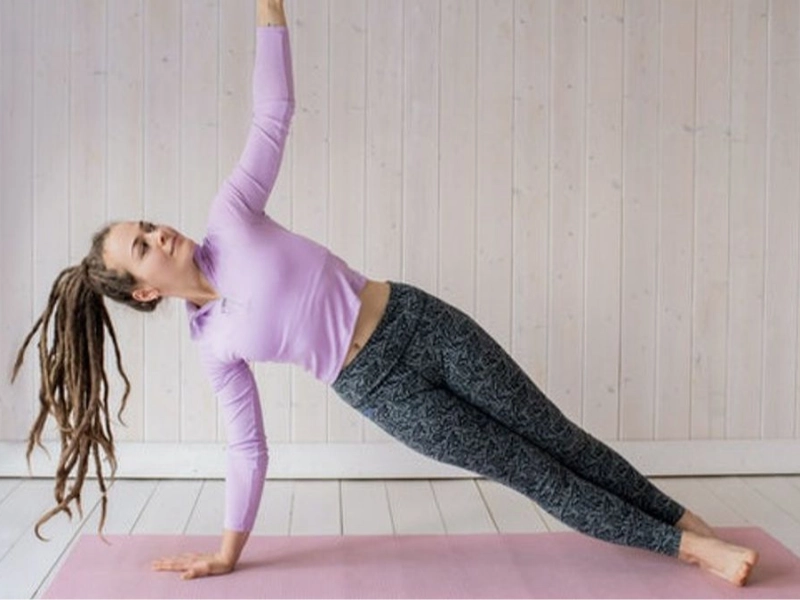 Pilates is a very flexible exercise appropriate for your budget, calendar, and personal health goals. One can do it at home or in a studio either alone or in groups. It may be modified to match any age, sex or fitness level and calls for less equipment than other routines.
Good form is like a well-made ladder towards your desired level of exercise. A small change in your technique during an exercise can cause that staircase to fall apart and return you to square one.
Poor Pilates form may clearly be problematic since it strains your neck and shoulders as well as results in imbalances all across the body. Less clear-cut, though, is how you may enhance your Pilates practice with little tweaks to your technique. These pointers can help you feel more in control and avoid injuries while raising the potency of your exercises. Maintaining your legs in line with your body can help you to develop your core, increase your balance, lower your chance of injury.
Pilates is a very flexible exercise appropriate for your budget, calendar, and personal health goals. One can do it at home or in a studio either alone or in groups. It may be modified to match any age, sex or fitness level and calls for less equipment than other routines.
Good form is like a well-made ladder towards your desired level of exercise. A small change in your technique during an exercise can cause that staircase to fall apart and return you to square one.
Poor Pilates form may clearly be problematic since it strains your neck and shoulders as well as results in imbalances all across the body. Less clear-cut, though, is how you may enhance your Pilates practice with little tweaks to your technique. These pointers can help you feel more in control and avoid injuries while raising the potency of your exercises. Maintaining your legs in line with your body can help you to develop your core, increase your balance, lower your chance of injury.






